Acclimating Shrimp
Table of Contents
Acclimating Shrimp
Why is Acclimating shrimp before placing them in their new tank important?
When adding new shrimp into your established already existing tank it is important to take the proper steps in introducing and acclimating them into their new home. The whole process is extremely stressful to the shrimp. Acclimation is important for shrimp as it allows them time to adjust to the temperature and parameters of their new environment. By doing this correctly you will reduce the chances of shock or death of your new shrimps. We will begin by going over the basic steps of the process.
Drip acclimation can help reduce shock, as shock will affect shrimps and can lead to a shorter life expectancy, can cause death, causes stress, and chances of not eating. So acclimate shrimps by the drip method is essential to giving your shrimps a chance to survive in their new environment.
Overview:
- Plan your day of purchase
- Prepare your tank
- Plan how to transport the shrimp (unless ordering online)
- Plan and prepare acclimation
Plan your day of purchase:
When buying shrimp online this step counts, make sure your home when they arrive. Plan your day ahead! When buying from a store plan your day around the purchase leaving plenty of time before and after you get them and bring them home. When buying shrimp you spend a good amount of money, do not let this money go to waste because you didn’t plan your day to have enough time for your little shrimpies!
Prepare your tank:
Research your type of shrimp that you plan to purchase. Find out the recommend pH, GH, KH, and temp for your type. Have the tank set to these levels at least 3-7 days before you get your shrimp. This allows your tank to adjust and gives you time to fix anything if it were to go wrong before your shrimp arrived. Have a TDS reading that fits your shrimp as well (See “Understanding Total Dissolved Solids” for information).
Plan how to transport the shrimp:
The key is to not stress out your shrimp. How far is your drive home? Will the temperature in the bag potential change more than 5 degrees during the trip? Bring a small cooler or insulated box that you can place the bag of shrimp into to keep temperature.
If possible purchase Kordon Breather Bags and tell your LFS to put the shrimp in those instead of their bags. Kordon Breather Bags allow oxygen to exchange into the bag while letting co2 out of the box. This is another step in helping your shrimp be less stressed!
On a side note have the LFS place a small piece of moss or filter floss into the bag. This is to help the shrimp as it gives them something to hold onto.
Plan and prepare acclimation:
Temperature Check
When first arriving home check the temp in the bag vs the temperature in your tank. If it is not the same, float the shrimp in a bowl or something that won’t let water in. If using a regular bag from the fish store you can float that. If using a Breather Bag DO NOT FLOAT THE BAG! The bags are designed to promote gas exchange, in floating them in water they cannot exchange gas and this can suffocate your shrimp!
Drip Acclimation Importance
Once the temperature is close to the same then proceed to acclimating the shrimp. Acclimating shrimp should always be done with the drip method. Drip acclimating shrimp can help reduce shock, as shock will affect shrimp and can lead to a shorter life expectancy, can cause death, cause unneeded stress. So acclimating shrimp by the drip method is essential to giving your shrimp a chance to survive in their new environment.
The drip method can be done very simply with airline tubing, a control nozzle, bucket/bowl, and a shrimp net. There are also products you can buy out there that are designed to do the drip method. They are cool and all… but I mean spending $5 vs spending $10-$20 and getting the same result… I would stick with the basic airline tubing one we stated above.
How To Drip Acclimate
Empty your shrimp from their bag or bowl into the bucket, include the water from the bag. Now connect the control nozzle to one end of the tubing and place that end in your bucket and the other into your tank. Start a siphon by sucking on one end of the tubing (Make sure the control nozzle is fully open, otherwise your risk looking stupid and your shrimp may laugh at you). Watch the tubing as it fills with water, try not to get any in your mouth and use your finger to cap the end of the tubing. Now lower the tubing into your bucket where the shrimp are and let go. Take a moment to make sure the siphon is working then adjust the nozzle to the desired flow, which I recommend to be 2-3 drops of water every second.
You want to 4x the amount of water in the bucket. So 1/4 is your bag water from the LFS (Local Fish Store) and 3/4 is new water from your tank. The key after you have done the following steps is to now wait… The dreaded moment of nothingness…
It should take roughly 1.5-2.5 hours for the shrimp to be ready. The drip method helps to allow the shrimp to adjust to the pH and other water parameters in your tank. This prevents them from being shocked to sudden changes and thus reducing stress… This reducing stress thing must be important, we have highlighted on it several times!
After You Drip Acclimate
Now that your drip method is complete you should now net the shrimp into the aquarium. Leaving your tank light off for the first 24 hours (the lighting will add unneeded stress), also as much as you want to feed these little guys... don't, they will be fine for the first 24 hours, lastly NEVER PUT STORE WATER INTO YOUR TANK! Putting store water in your tank can potentially allow all sorts of unwanted parasites, bacteria, and fungus into your tank and this is not good!! While I do not think every Pet Store has bad water, non am I implying theshrimpfarm.com has bad water, its just simply best practice to never put store water into your tank.
Now watch and enjoy the new shrimp!
“Keep on Shrimpin”
Sincerely,
America’s Favorite “Shrimp Guy”
Ryan Curtis



 Shrimp
Shrimp Fish
Fish Crab &
Crab & Plants
Plants Foods
Foods Snails
Snails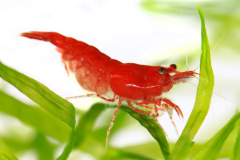
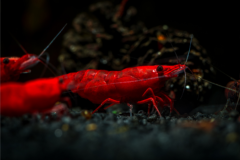
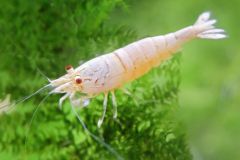
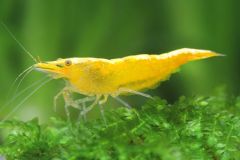
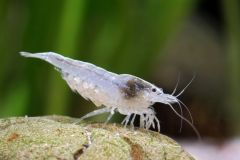
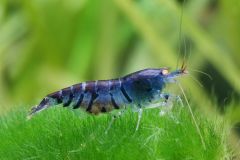
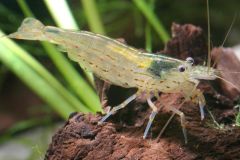
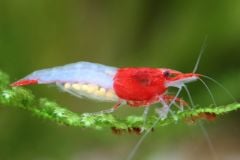
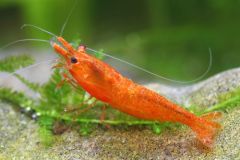
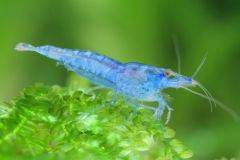
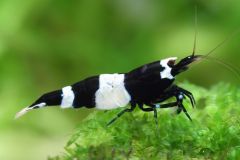
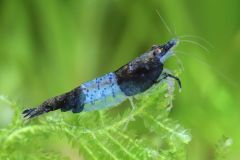
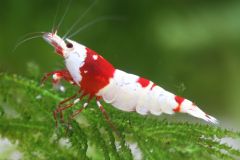
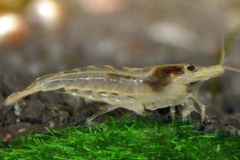
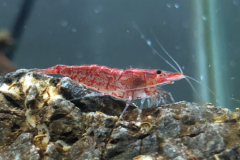
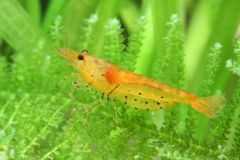
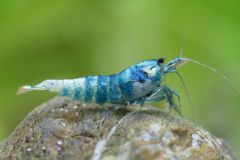
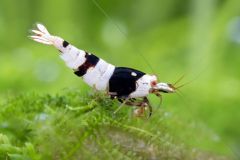
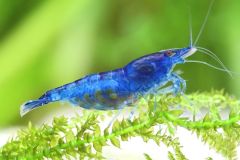
Since I didn't have extra airline tube available, I used the bag, refilled with my tank water. I then suspended it over the container that I put the shrimp and their water into, and poked a small hole towards the bottom of the bag. Drip drip...
I've been trying to find out about large PH differences and the effect on shrimp. Specifically, my fresh water aquarium is ph7.0 while LFS is 8 to 8.2 Will that 1.5 to 2 hour drip be sufficient to allow the (bamboo/wood shrimp in this case) to acclimate? I guess I'll find out, but what would your expectation be for its reaction Thankfully, GH, KH, NO3, NO2, NH3 are all very close to the LFS water...